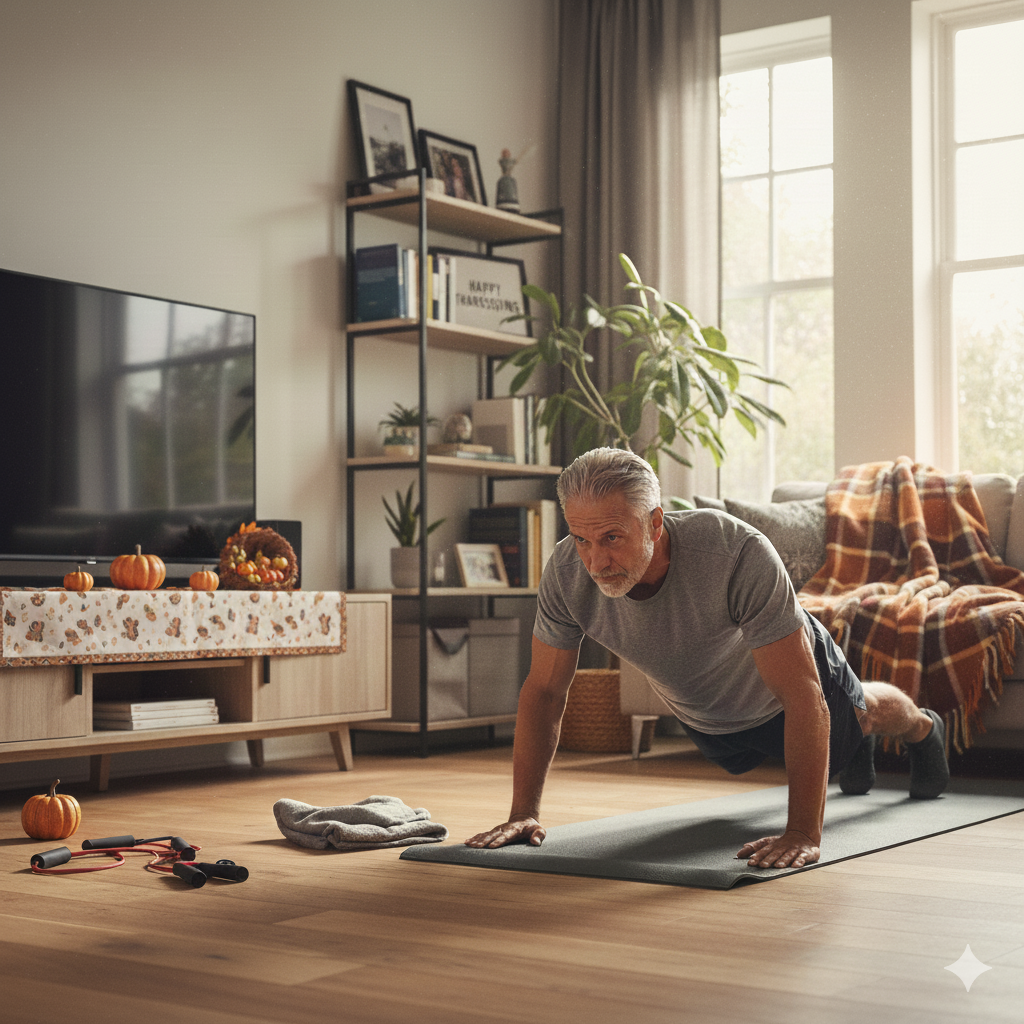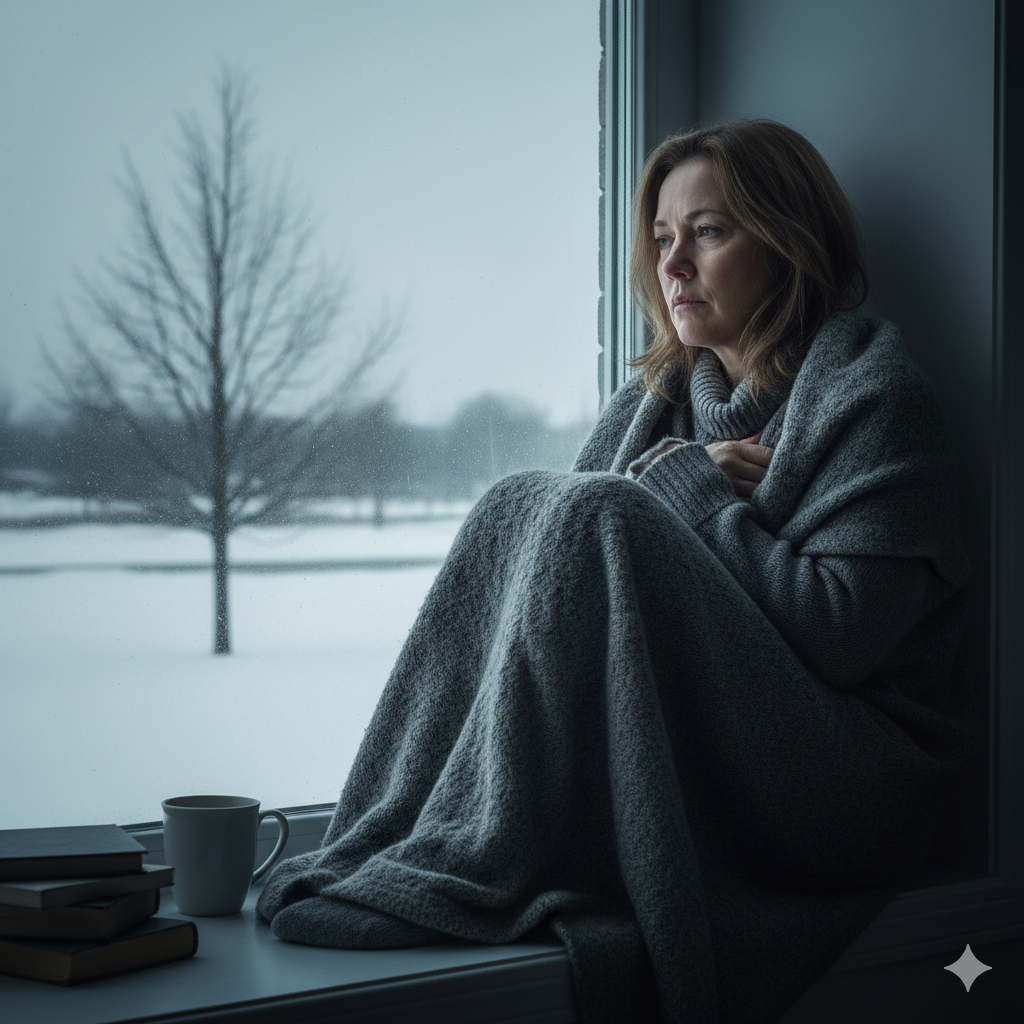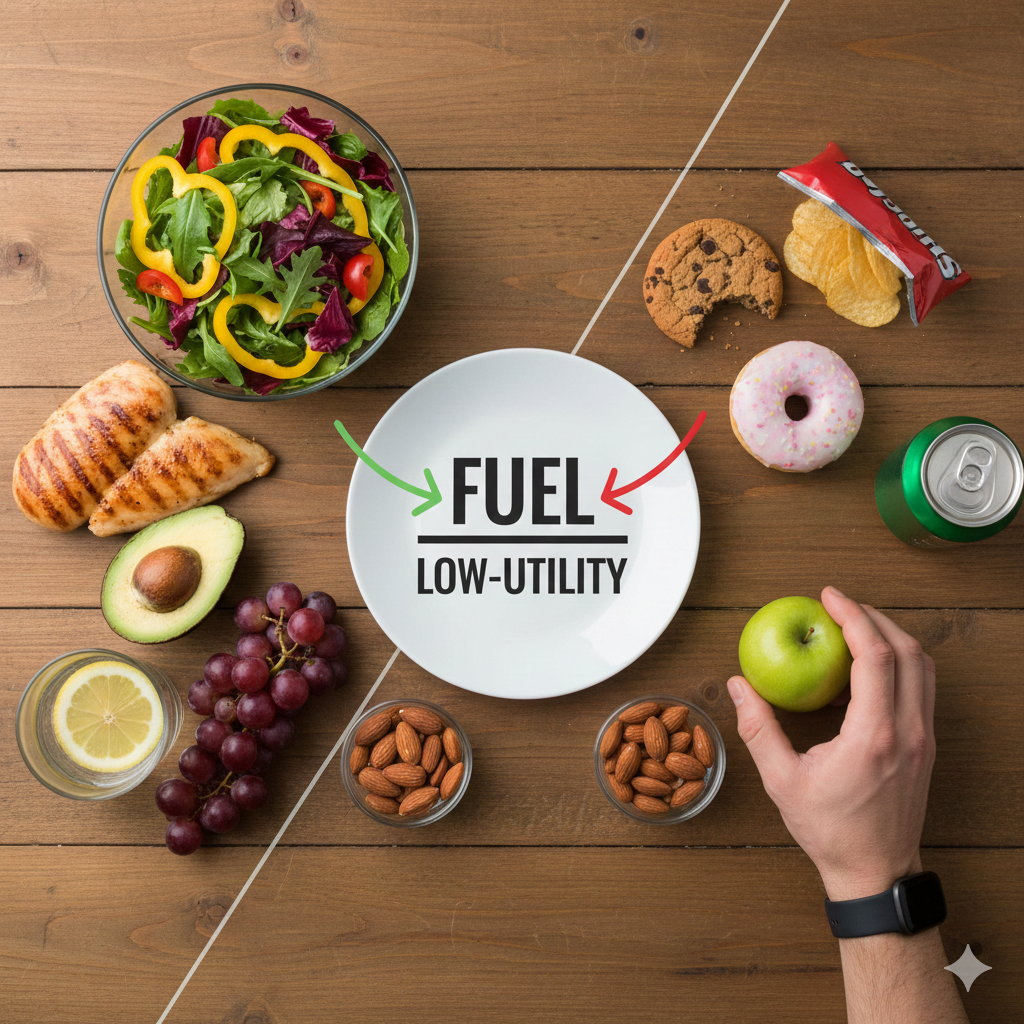Same Day, Big Difference
March 18, 2021

Day 1:
You wake up in the morning, eat your healthy and nutritious breakfast, and then you head to work. Thanks to your good night’s sleep and your healthy breakfast, you feel energized and productive, and you are rocking the day!
Then you start to feel a little hungry, look at your watch and realize it’s lunch time. You hadn’t really thought about lunch, and you don’t want to slow your productivity, so you decide to head down the road to the nearest fast-food restaurant.
Committed to eating healthy, you give yourself a pep talk as you walk into the restaurant. You’re going to get something light, healthy and nutritious to keep your momentum going. As you wait in line, you start to smell the delicious food and realize just how hungry you are. You realize you’re so hungry something light just won’t cut it if you want to get through the rest of the day. So, you justify the cheeseburger and French fries by knowing you will exercise later and eat a healthy dinner.
A few hours later, you realize your greasy lunch drug you down a little, and you just aren’t feeling up to a workout today. And you’re somehow hungry again and hadn’t really thought about dinner. Come to think of it, you are starving! Greasy lunches can do that. You are so hungry you don’t really have the time or energy to think about cooking tonight. So, you decide to hit up a restaurant on your way home, promising yourself you will avoid the temptation of bad food and eat healthy…. Hopefully! But you are pretty hungry and it’s just one meal.
Day Two
You’ve eaten your nutritious breakfast, you feel awesome and you’re rocking the day, and then you look at your watch and realize it’s lunch time. Luckily, you planned your lunches this week. Last night while your oven was hot and you were cooking that frozen fish, you decided to throw in some chicken and turkey sausage to cook and have ready to eat. You also grabbed plenty of frozen veggies and fresh fruit at your latest trip to the grocery store, so you are all set.
For lunch you enjoy some chicken, vegetables, and a piece of fruit. You’re full, but you aren’t weighed down. Your day continues to feel good, and you are happy with yourself and the momentum you have from your work and your two healthy meals. So, you are motivated and thrilled to head to the gym and keep the accomplishments going.
After the gym, you feel amazing with what you’ve achieved today. Since you don’t want to waste that hard workout on a bad meal, you head home, eat some of that turkey sausage in your refrigerator, and the rest of that bag of frozen veggies.
With just a little planning, you can either regress or progress toward better health and feeling good. Small behaviors add up to big changes! If you need motivation or accountability with your eating or exercising, call us today!

Share Post
Our Recent Blogs



Leave a Reply
Your email address will not be published.
Required fields are marked *


